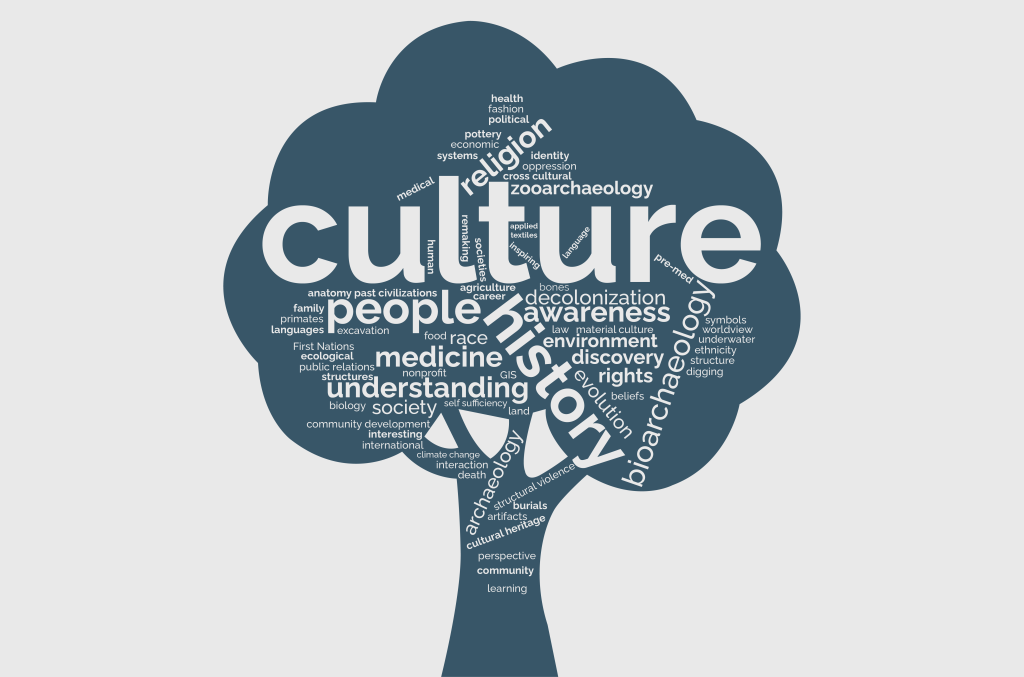
If you haven’t come across anthropology before, it’s simply the study of what makes us humans, human. For a long time, the science of anthropology has been connected to the world of academia. Those specializing in it tend to progress to jobs in universities and community colleges. However, things are changing.
There has been a noticeable shift in the last couple of decades as anthropologists use their skill sets outside of higher education. For example, business and organizational anthropology, medical anthropology, government policy, and NGOs (non-government organizations).
Different goals can be achieved by integrating anthropologists into these industries, such as action-oriented, result-oriented, and life improvement. And if we dig a little deeper, we can see that these skills can help improve.
- The quality of care and life in healthcare
- Enhance sustainability
- Improve equality, problem-solving, and overall quality in policymaking
- Increases individuals and communities’ lives in some aspects
How Anthropology is growing and influencing UX designs
To start, we can determine some key similarities between UX research and how anthropologists are trained. Let’s look at how information is collected, for example. This typically consists of differently structured interviews, surveys, focus groups, participant behavior, and transcription.
Alongside this, it can be noted that the main skills learned from anthropology can be transferred to leading roles in the UX industry. These types of skills include.
- Quantitative research skills (as surveys mentioned above, focus groups, etc.)
- Great communication and presentational skills
- The ability to learn independently
- Amazing listening skills to understand all stakeholder’s needs and wants
- Able to navigate ambiguity
- Building good business relationships with everyone involved in the industry and users
- Undergoing high levels of research
- Identifying how culture, ideas, beliefs, and motivations impact decisions
- Having a holistic worldview
- Knowing how social systems play a role
Top 3 ways that show how anthropology can enhance UX design and research
1. An approach centered around humans
Although we’ve already mentioned a few of the skills that achieve these above, other features assist in a human-oriented approach. For instance, a clear understanding is that humans behave differently, and their motives aren’t always straightforward, with many layers involved in the process.
2. Methodologies used
Research gathering and observations are crucial elements of UX research. Anthropologists are adept at asking the right questions during research, whether through interviews, surveys, or other sources. Reviewing the data collected is just as important. Therefore, many in the anthropology field are trained to identify step-by-step processes, find issues, and determine what’s missing from the research. This is followed by triangulating results and testing new users to confirm that their theory is proven.
3. The ability to adapt
By doing so, many things can be achieved. Creative solutions can be used to tackle problems, patterns in behavior can be identified, group analysis can run smoothly without complications (as group sessions are common in academia), and more.
Need UX experts for your business?
The power of UX design cannot be underestimated. If you’re interested in enhancing your interfaces, then feel free to contact us today to learn more.


